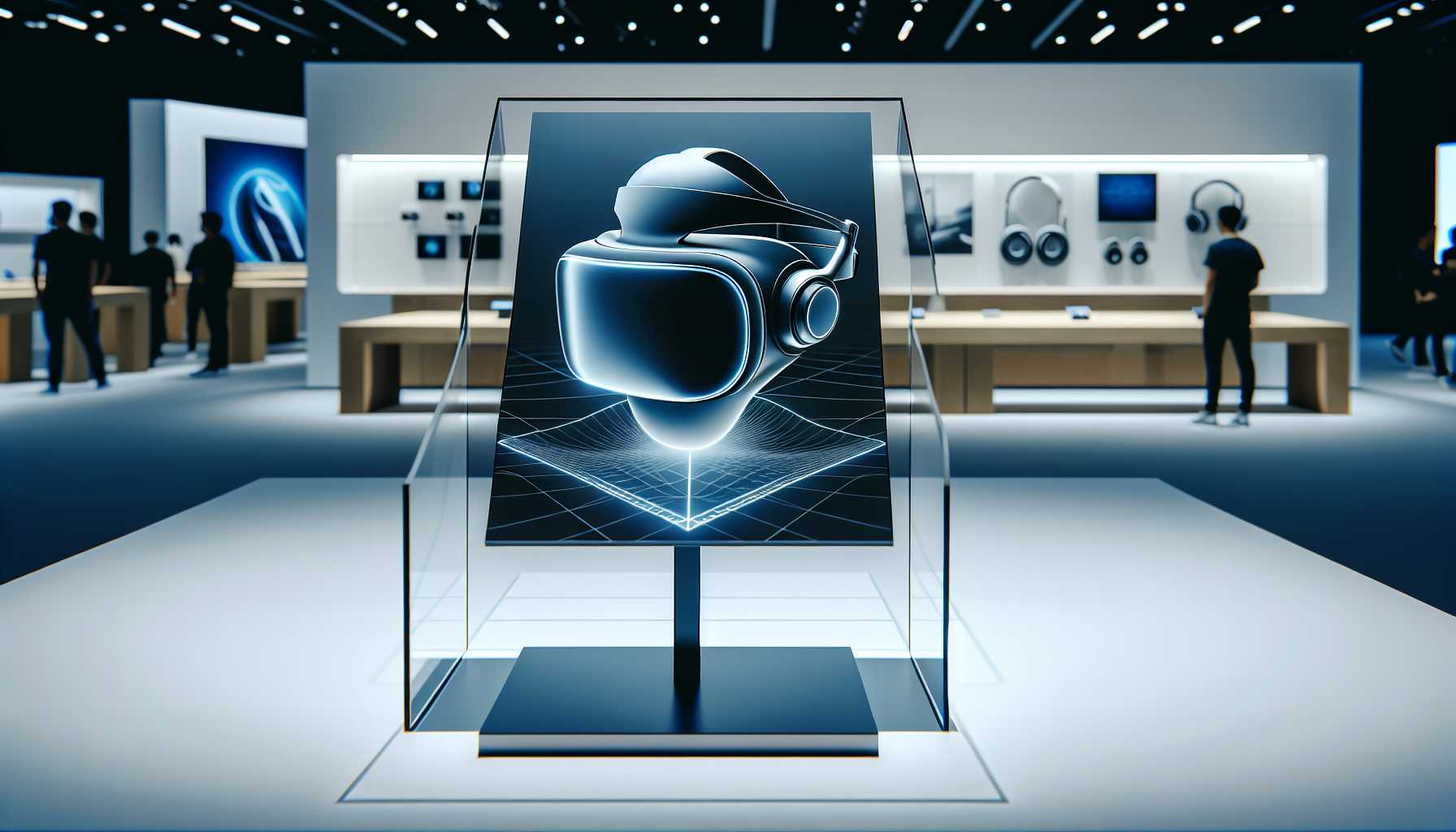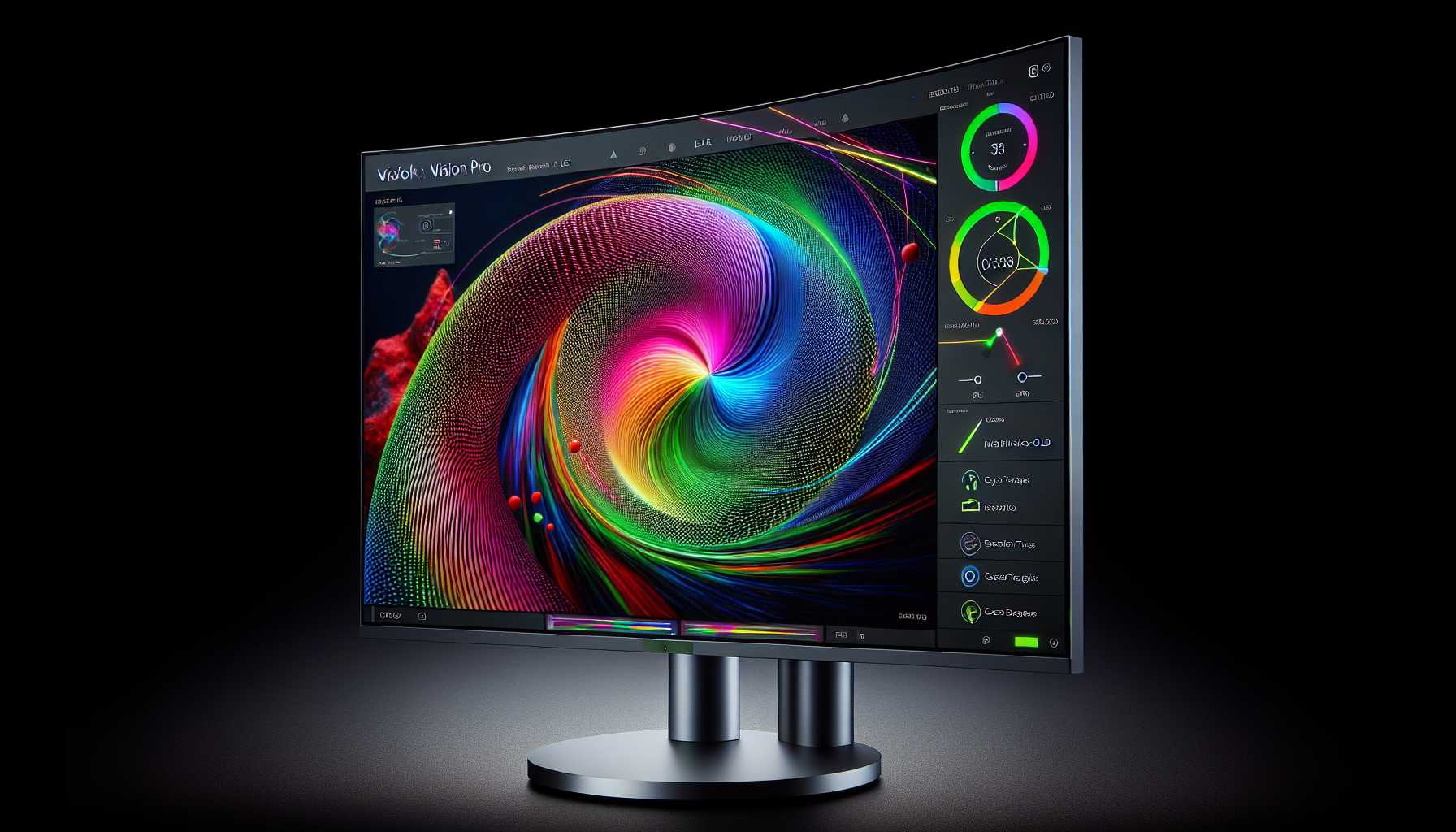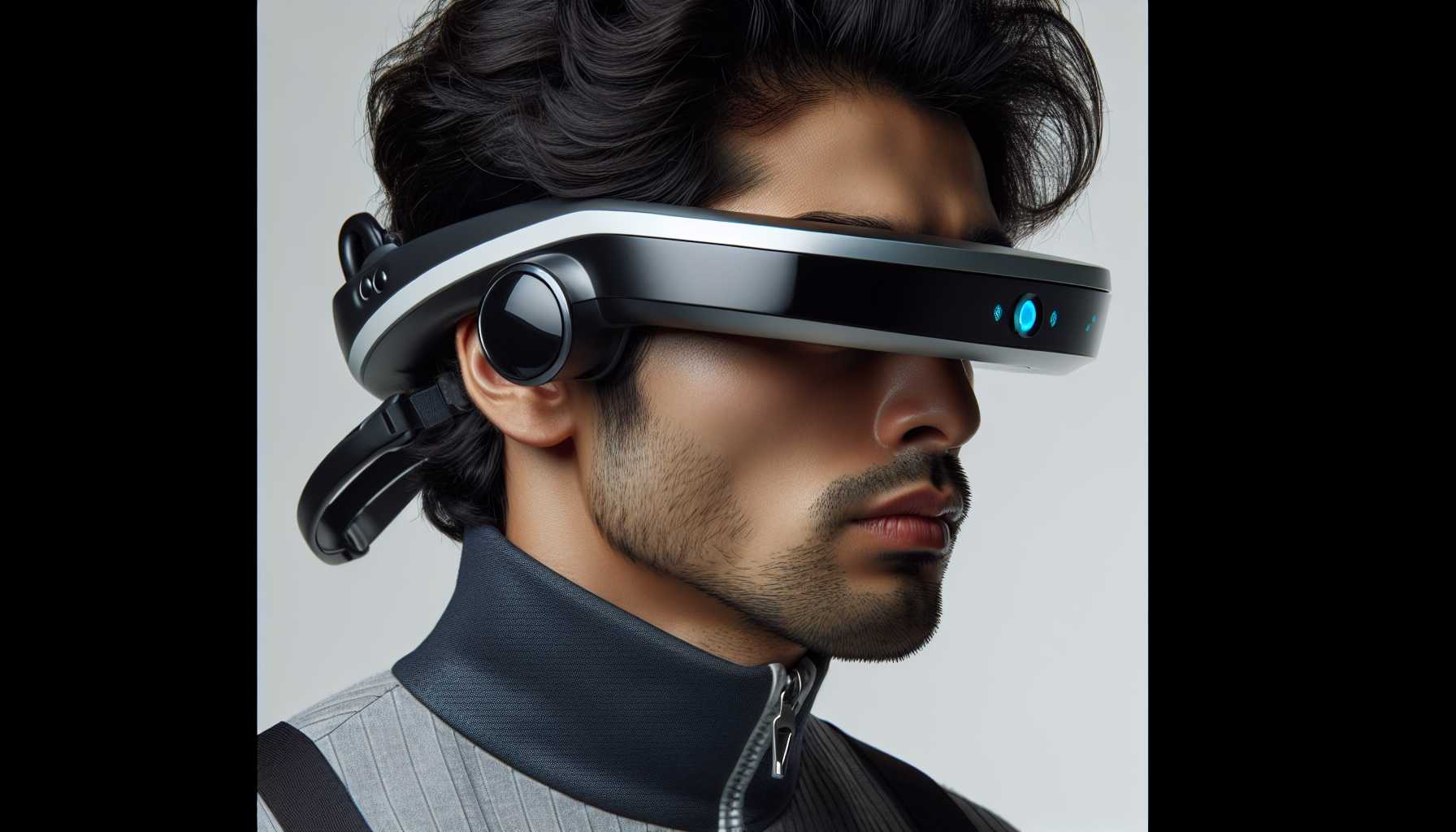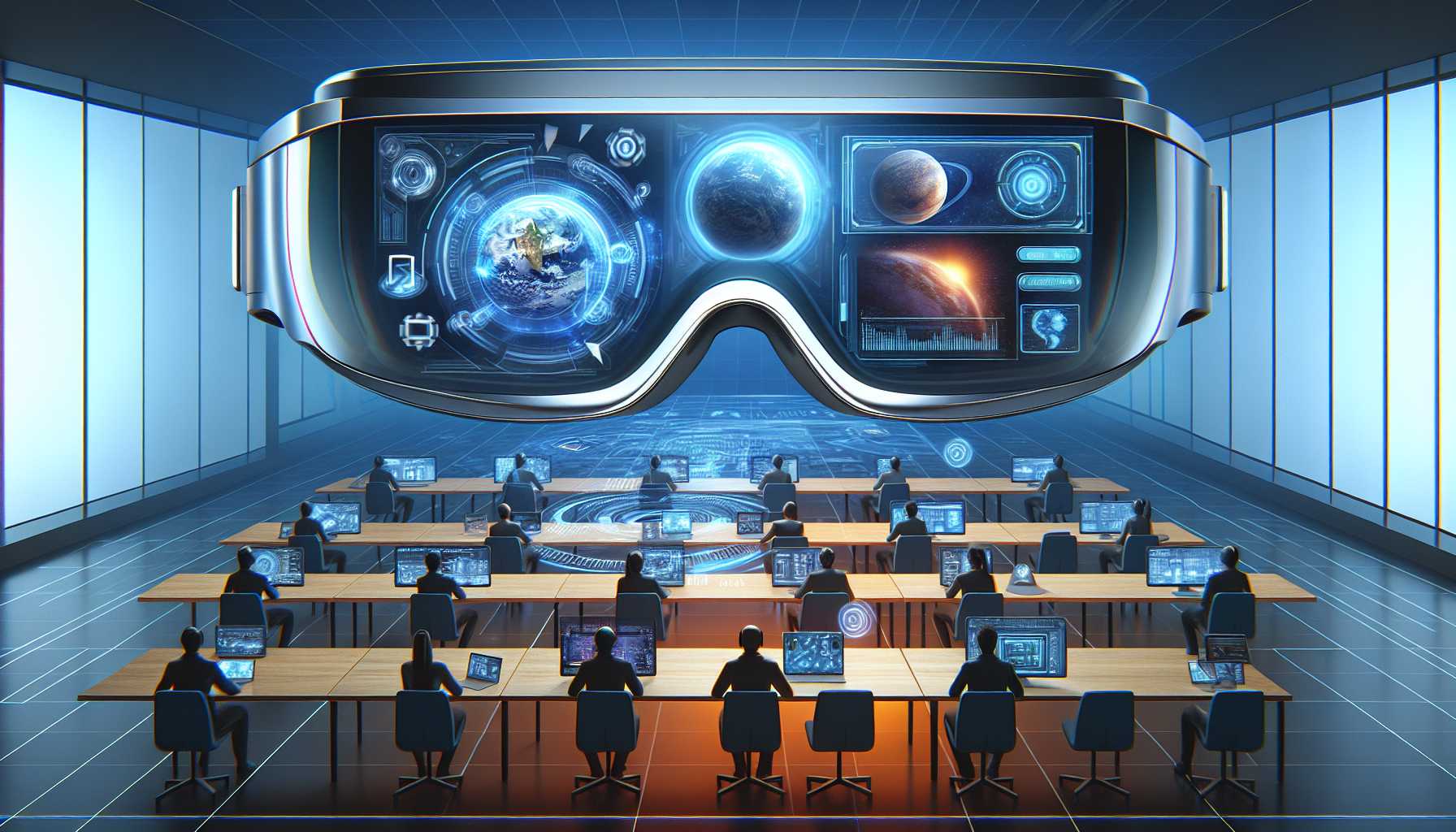Brace yourselves, tech enthusiasts and Apple aficionados! Apple has once again tossed a shiny new gadget into the consumer technology arena—the Apple Vision Pro—and it’s stirring up the virtual pot with a mix of wonder and “Wait, what?”. As a seasoned product manager in the tech arena with a penchant for dissecting tech speak, I’m here to spin the tale of this new contraption, sprinkle it with technical glitter, and serve it up for your entertainment. Shall we navigate the spatial computing cosmos and unravel the enigma of the Vision Pro?
The “Spatial” Saga Begins: Introducing the Vision Pro
In the grand tapestry of Apple lore, the Cupertino giant has a knack for crafting tales of innovation that captivate our digital hearts. The Vision Pro, Apple’s latest narrative twist, heralds the dawn of “spatial computing”—a fancy term for tech that lets you pirouette through virtual and augmented realities as if you’re the star of a digital ballet.
Sporting a $3,500 price tag, plus some extra gold coins for accessories, the Vision Pro is not just an ordinary headset. It tenaciously grips the upper echelons of premium tech with its otherworldly ability to launch you into digital dimensions where web browsers float like celestial bodies and movies ensconce you in 360-degree theatrics.
The Tech Behind the Visor: What Makes Vision Pro Tick
Imagine a velvet-crafted ski goggle that harbors a mini-CERN laboratory of tech magic. That’s your Apple Vision Pro. It curtsies to onlookers with a singular, curved glass panel and aluminum sidings, from which a cable creeks out, tugging along a battery pack destined for your pocket.
Apple’s metaphoric hex is not so much in its design—it’s in the alchemy of micro-OLED, 4K visuals, superlative hand and eye tracking, and a sophisticated metal-and-glass chassis that rivals the plastic knights of competing realms like the HTC and Sony headsets.
The Heavy Crown: Vision Pro and its Achilles’ Heel
Alas, even the mightiest knights have a chink in their armor. The Vision Pro, amidst its splendor, drags along the weight of a Millennial falcon—at a hefty 1.4 pounds. While that might seem as light as a feather in tech terms, the weight distribution speaks another tale altogether, causing discomfort to its noblest of wearers. Even though it feels regal, comfort is king, and here’s where the Meta Quest 3 with its balanced 1.1-pound tiara has the edge.
But, before you cast a verdict on its royal highness, consider this—the Vision Pro isn’t gunning for the gaming throne. No, it’s something more. It’s a majestic gesture towards productivity, everyday tasks, and being cocooned in a multi-dimensional Apple universe. So hold onto your judgments and scepters just yet.
The Misstep in the Minuet: Vision Pro’s Missing Tune
Stumbling ever so slightly in this choreography of tech excellence is a detail that might have some Apple loyalists raising a brow (and, perhaps, their pitchforks). Believe it or not, Apple’s Vision Pro lacks the Find My location tracking feature we’ve come to depend on like a trusty squire. How could such a futurist gadget overlook the simple spell to find itself when lost in the wilds of the living room?
True, you can lock it down with Activation Lock, requiring your Apple ID and password to access the lost device. But the absence of a tracking tune, cries of Lost Mode, or remote wipe capabilities is puzzling, especially since it has all the wizardry needed for such feats, including Wi-Fi and Bluetooth.
The Future of Computing or an Apple Illusion?
Despite this missing link, the Vision Pro has fared fairly well, bewitching enthusiasts enough to snap up 200,000 units. It’s not iPhone-level frenzy, but for a device that treads the line between breakthrough and fad, it’s a noteworthy leap.
Nevertheless, in the shadow of its splendor, some quirks flutter like bats in its belfry—no native YouTube and Netflix apps, no love for Bluetooth mice, and it tethers you to a battery pack heavier than a heart full of longing. And don’t get me started on the price—let’s just say you wouldn’t need to pay a king’s ransom for its contender, the Meta Quest 3.
So, is the Apple Vision Pro the next chapter in the computing grimoire, or is it merely a gilded Apple mirage? Ultimately, if you’re a true believer in Apple’s conjurations, this spatial computing spectacle might just be the “vision” you were looking for.





